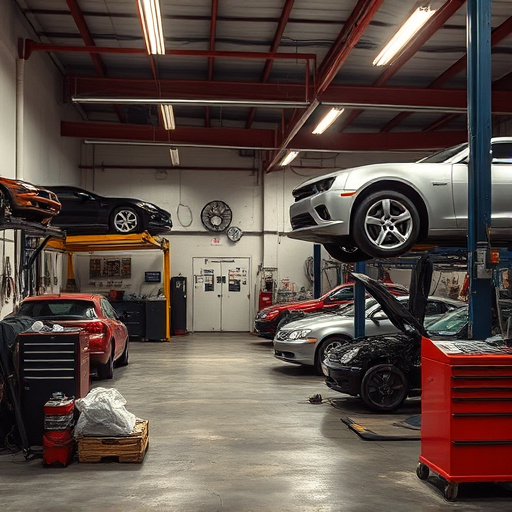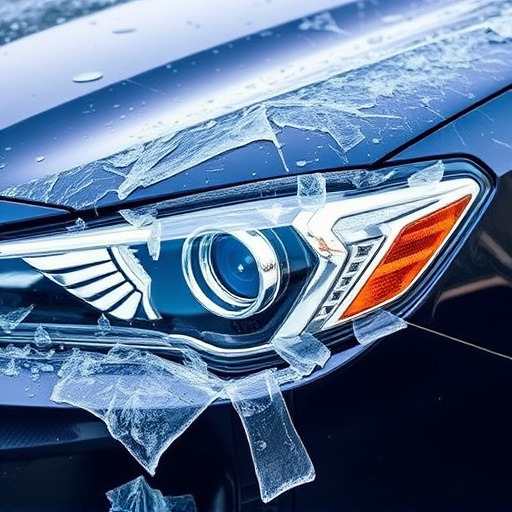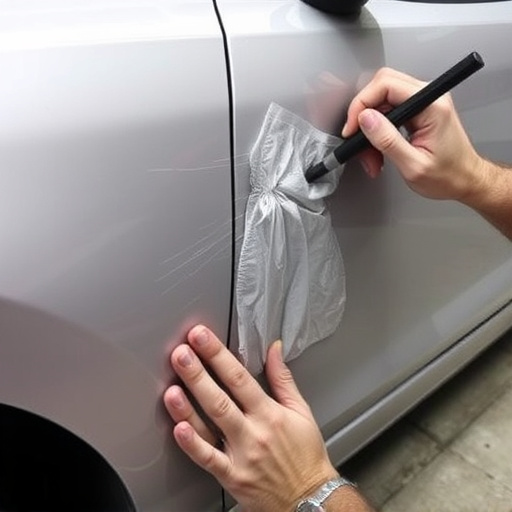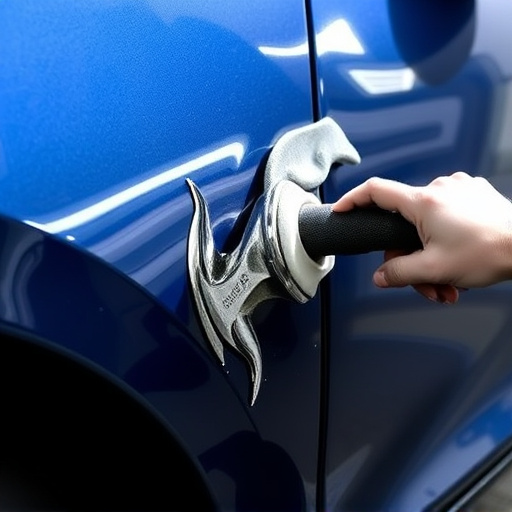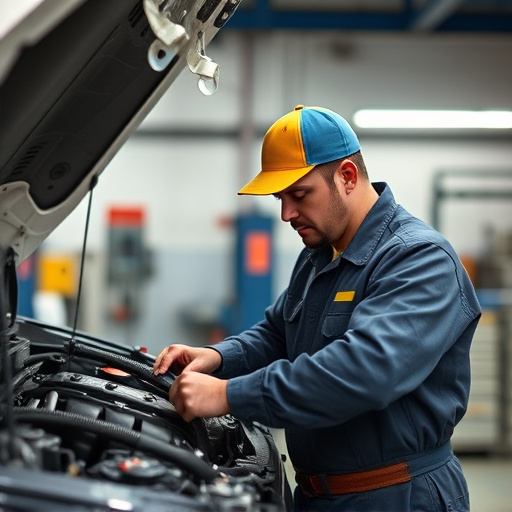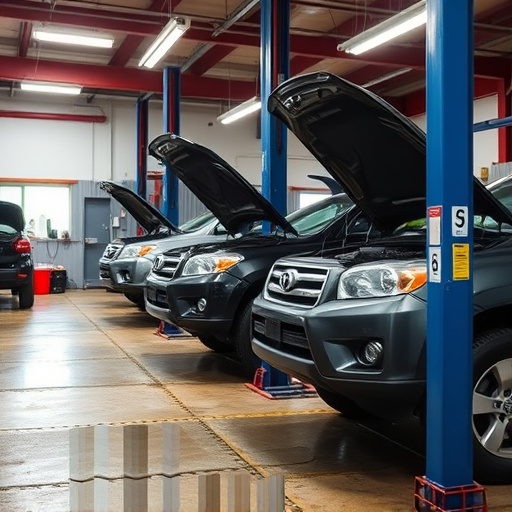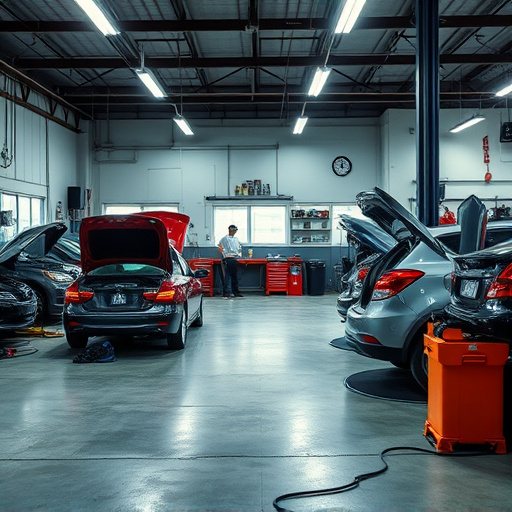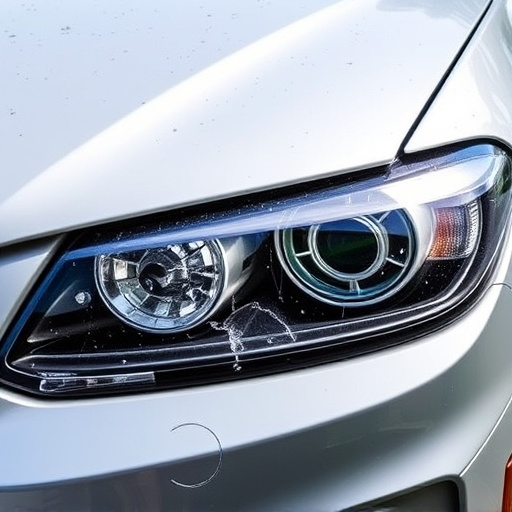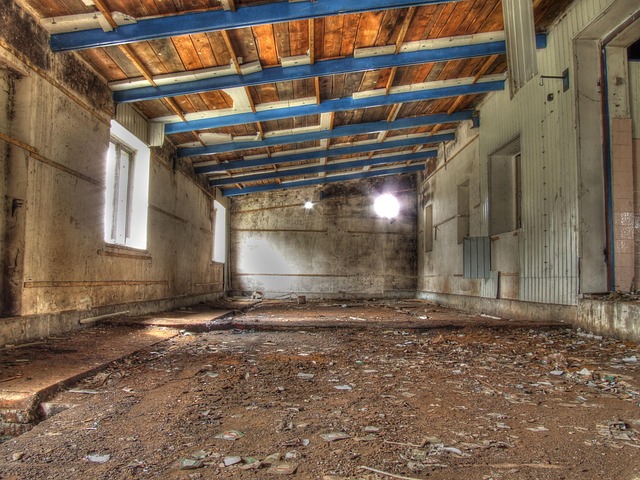Distinguish between structural and cosmetic damage in post-collision evaluation. Structural harm requires immediate repairs for safety, while cosmetic issues can have flexible timing. Prompt repair minimizes costs and future structural problems. Delaying collision repairs poses safety risks and increases future expenses. Strategically manage delay concerns to balance safety and cost-effectiveness.
Delaying collision repair can be a complex decision, especially when navigating structural versus cosmetic damage. This article explores the critical considerations that come into play when assessing post-collision vehicle repairs. We delve into evaluating damage types, understanding time-sensitive repairs, and balancing cost-effectiveness with safety. By examining these key factors, drivers can make informed choices, ensuring their vehicles are restored efficiently without compromising integrity or budget.
- Evaluating Damage: Structural vs Cosmetic
- Prioritizing Repairs: Time Sensitivity
- Balancing Cost and Safety Considerations
Evaluating Damage: Structural vs Cosmetic

When assessing damage from a collision, it’s crucial to differentiate between structural and cosmetic issues. Structural damage refers to any harm that affects the integrity of a vehicle’s frame or key components, such as crumple zones, doors, or the hood. These parts play vital roles in enhancing safety during accidents, so repairs must be thorough and precise. On the other hand, cosmetic damage includes dents, scratches, cracked headlights, or damaged bumpers—problems that might impact the car’s appearance but not its structural soundness.
While prompt car body repair is ideal for both types of damage, delaying concerns collision repair can have different implications. For structural issues, immediate attention is critical to ensure driver and passenger safety. In contrast, cosmetic repairs can often wait without compromising vehicle functionality. However, ignoring even minor cosmetic damages might lead to more extensive—and expensive—repairs down the line, as they could indicate underlying structural problems or accelerate future corrosion.
Prioritizing Repairs: Time Sensitivity
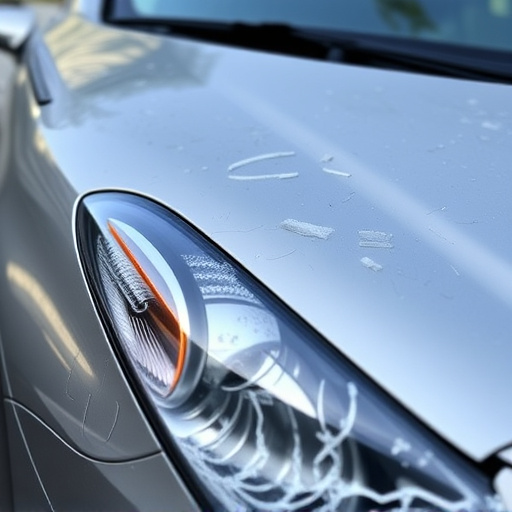
When it comes to collision repairs, whether for structural or cosmetic damage, time is a critical factor. Delay concerns collision repairs can significantly impact both the safety and overall condition of a vehicle. In cases where structural integrity is compromised, immediate attention is paramount. Delays in repairing issues like frame damage, misaligned panels, or damaged suspension systems could lead to further complications, compromising the vehicle’s handling and safety features.
For cosmetic damages, while they may not affect the car’s safety, prompt repair can prevent the deterioration of the vehicle body shop’s overall appearance. Small dents, scratches, or bumper scuffs, if left unattended, can become more prominent over time, impacting the car’s resale value. Therefore, prioritizing repairs based on both urgency and severity is essential for any vehicle bodywork service, ensuring that customers receive their vehicles in a timely manner while maintaining optimal performance and aesthetics.
Balancing Cost and Safety Considerations
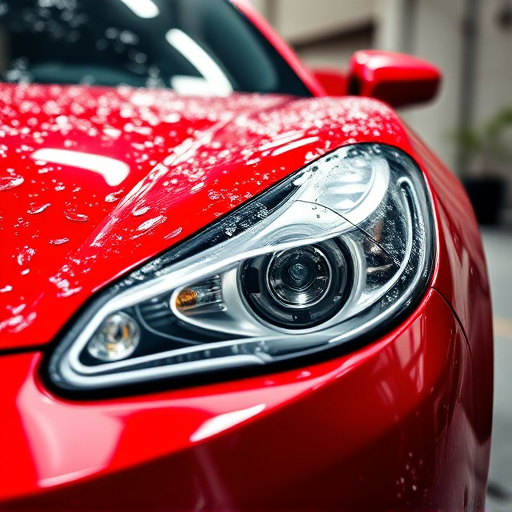
When it comes to collision repair, there is a delicate balance between addressing structural damage and focusing on cosmetic enhancements. Delaying repairs for any reason can be concerning, especially when safety is at play. However, not all types of damage require immediate attention. Structural integrity is paramount; prioritizing it ensures the vehicle remains safe to drive. Cosmetic issues, while aesthetically important, may not always necessitate urgent repair.
The cost of collision repair varies based on these considerations. Structural repairs, particularly in fleet repair services or for more complex automotive body work, can be significantly pricier due to the need for specialized equipment and skilled technicians. On the other hand, addressing minor cosmetic damages might be a more affordable option. Thus, managing delay concerns requires a strategic approach, considering both safety and cost-effectiveness.
Delaying collision repair, while tempting for cosmetic damages, can pose significant safety risks. Understanding the distinction between structural and cosmetic damage is crucial in prioritizing repairs efficiently. Time sensitivity plays a vital role in ensuring vehicle safety, as delays may exacerbate issues. Balancing cost-effectiveness with necessary repairs is essential to avoid potential hazards on the road. Prompt action, guided by expert assessment, is key to mitigating delay concerns for collision repair.


